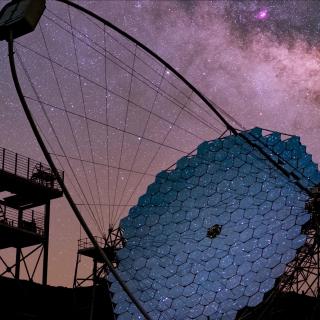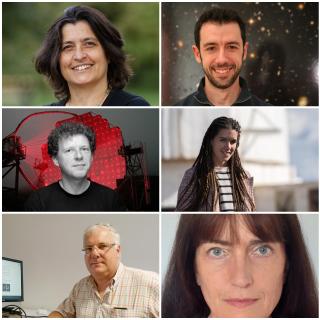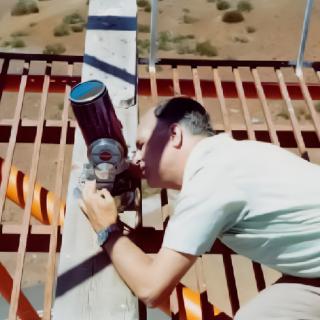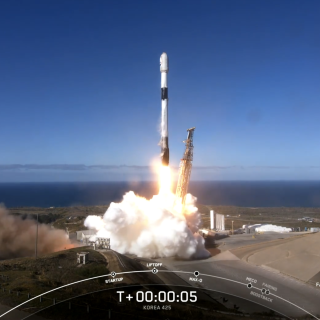
The first Large-Sized Telescope (LST) prototype of the Cherenkov Telescope Array Observatory (CTAO), located at the Roque de los Muchachos Observatory (Garafía, La Palma), has made its first scientific discovery by detecting the source OP 313 above 100 gigaelectronvolts (GeV), a level of energy a billion times higher than the visible light that humans can perceive. It is the most distant quasar ever observed by gamma-ray instruments from the ground. On 15 December, the Large-Sized Telescope (LST) Collaboration announced through an Astronomer’s Telegram (ATel) the detection of the source OP
Advertised on




